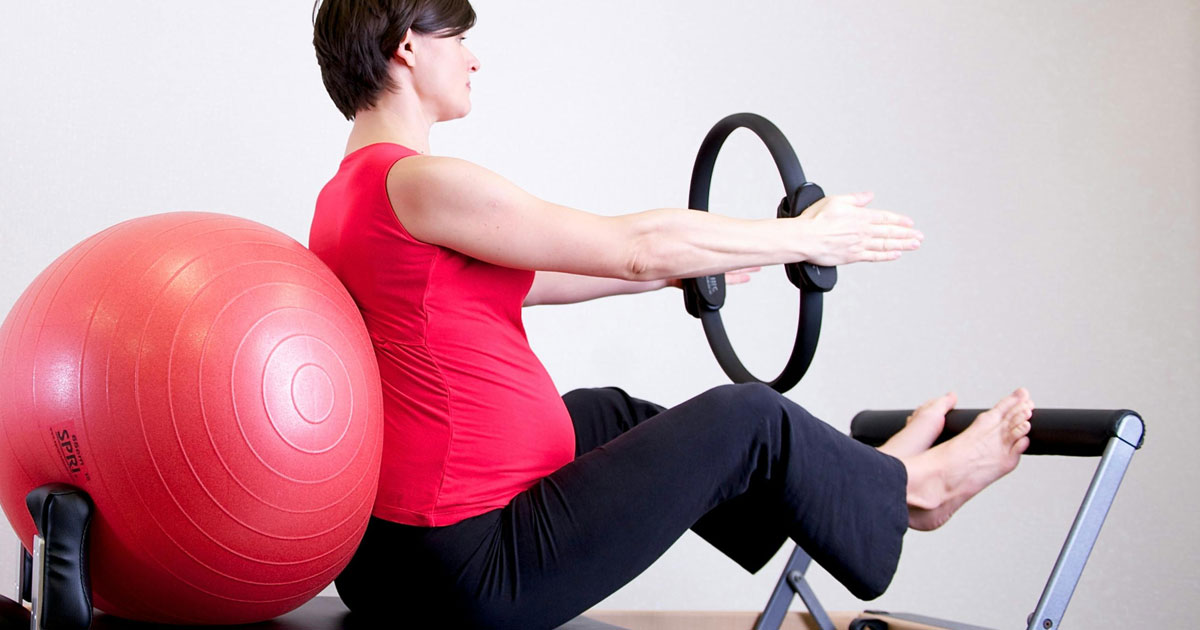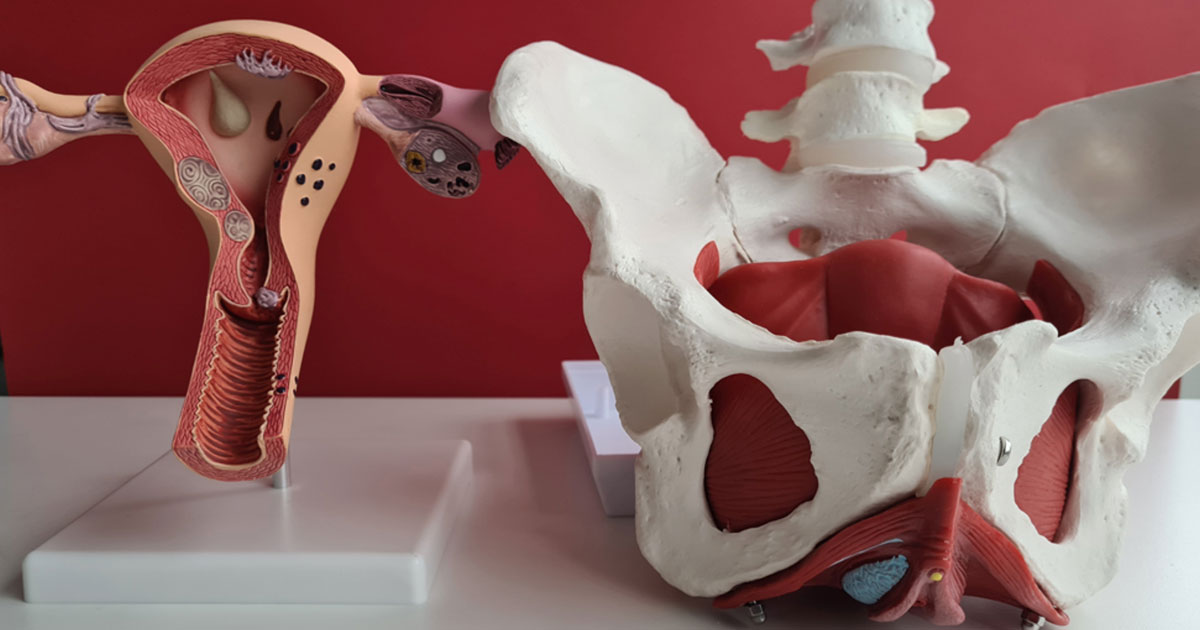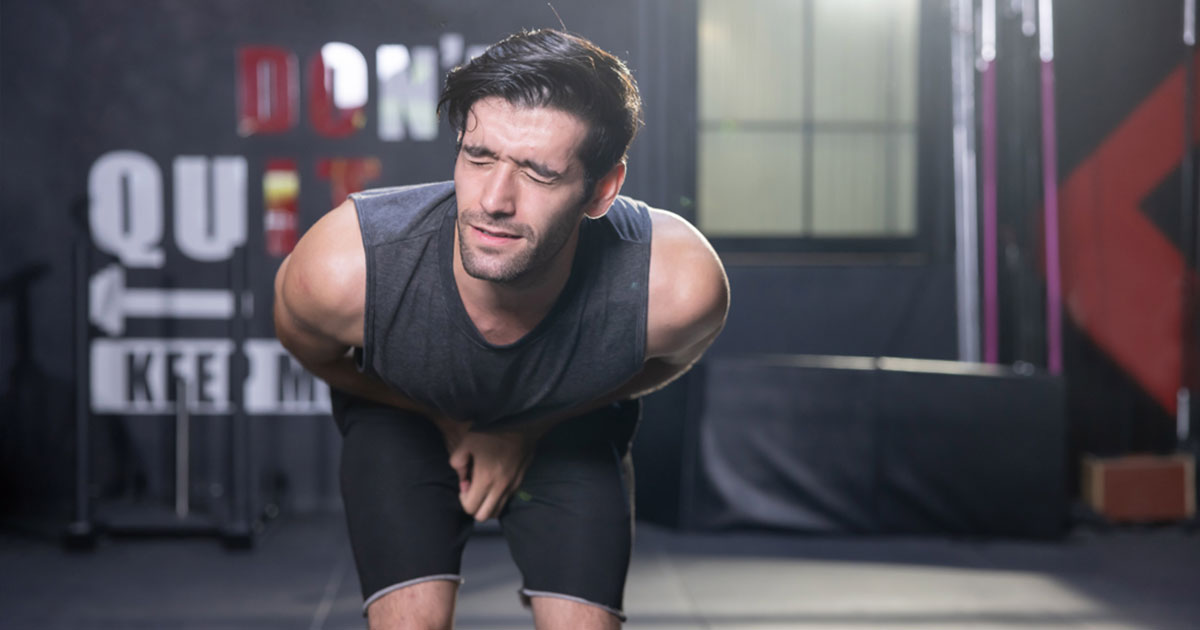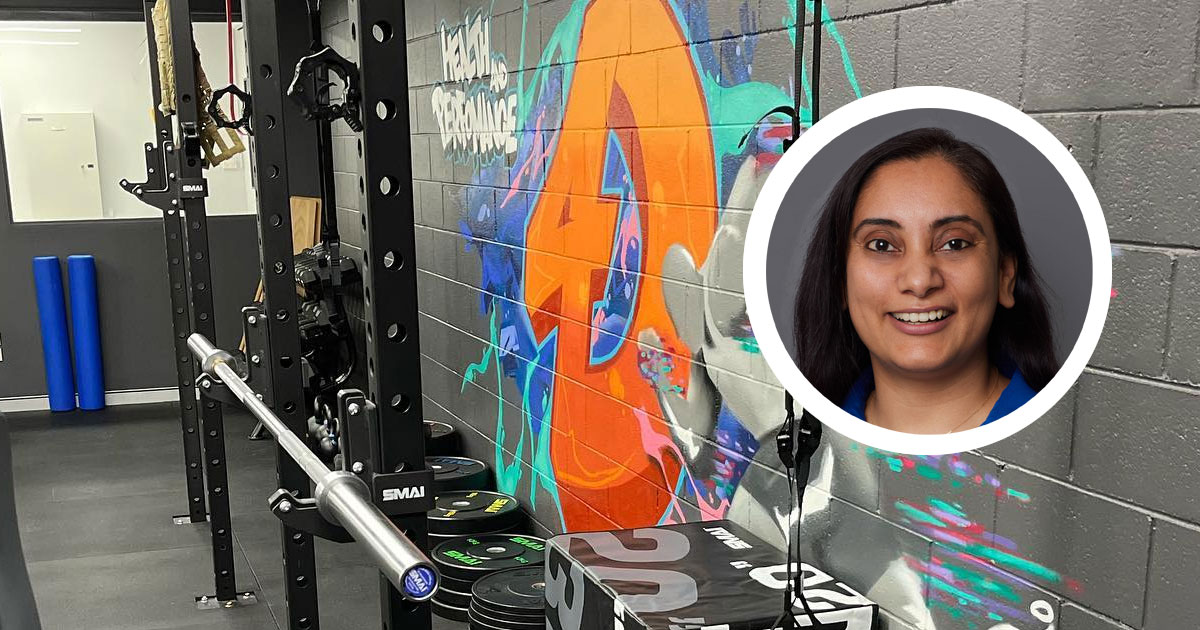Training Through Pregnancy: What to Do and How to Do It Safely
Advice for exercise during pregnancy has been evolving since the American College of Obstetricians and Gynaecologists (ACOG) first issued guidelines for prenatal physical activity in 1985. While the current recommendations continue to evolve, there is no question that keeping fit and active during pregnancy is terrific for both the mother and the unborn baby!





